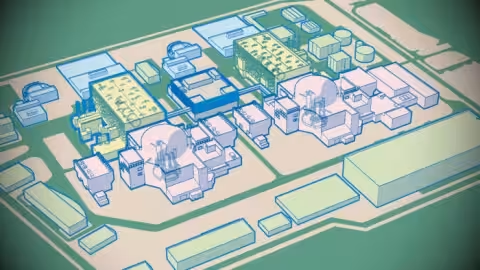A two-year-old Swedish artificial intelligence start-up that promises to make programming an app as easy as writing a few sentences is nearing a valuation of almost $2bn, in the latest sign of investor fervour for AI coding businesses.
Lovable is set to attract more than $150mn in new funding less than six months after its previous round, according to people familiar with the deal, making it one of Europe’s fastest-growing AI start-ups.
Venture capital group Accel was leading the round, with existing investors such as 20VC and Creandum also participating, these people said.
Lovable increased the amount of money raised and its valuation during the fundraising process due to overwhelming interest from investors, they added. The deal, which is still to be finalised, is set to value Lovable at about $1.8bn.
Lovable declined to comment on its fundraising. Accel did not respond to a request for comment.
Europe has generally been seen as lagging behind the US and China in generative AI, especially when it comes to the foundation models upon which chatbots such as OpenAI’s ChatGPT and Google’s Gemini are built.
However, Lovable is one of a new crop of European AI start-ups, mainly working on applications and services aimed at businesses. Companies such as Mistral, Synthesia and DeepL — as well as defence tech group Helsing — are now raising funds at multibillion-dollar valuations.
Lovable is also the latest example of investors rushing to back “vibe coding” start-ups, as software engineering tools emerge as one of the most effective ways to commercialise generative AI technology.
Andrej Karpathy, a former Tesla and OpenAI engineer, coined the phrase “vibe coding” in February to describe an almost trance-like state of using AI to create software “where you fully give in to the vibes, embrace exponentials, and forget that the code even exists”.
Lovable was founded in Stockholm in 2023 and launched its AI coding product late last year, quickly attracting attention for its ability to let people with no technical expertise create fully functioning apps and websites.
Its programming tool draws on the output of various AI models, including from OpenAI, Anthropic and Google. Lovable then adapts their code to create for whatever kind of app the user wants to build.
The company raised $15mn in February in a deal led by Creandum, an early Spotify investor. At the time Lovable said it had reached $17mn in annual recurring revenue and more than 30,000 paying customers within three months.
Lovable now generated $75mn of annual recurring revenue, just seven months after its launch, its chief executive and co-founder Anton Osika said last week.
“This is by far Europe’s fastest-growing company ever,” said one investor. “I’ve never seen a company grow this fast.”
Coding assistants have rapidly become a crowded field, as AI systems tuned for software programming from Microsoft, OpenAI and Anthropic jostle with tools from start-ups including Anysphere, Poolside, Bolt and Replit. Design software apps Figma and Canva are also adding AI features.
Anysphere, the US-based maker of the Cursor coding assistant, more than tripled its valuation to $9bn during the first half of this year, after raising $900mn in May.
Lovable’s investors say its differentiator is that it allows anyone to create a complete app or website even if they have no coding experience, opening up its market to consumers and small businesses as well as corporate leaders who want to prototype their ideas. Tools such as Cursor, on the other hand, are designed to assist more experienced programmers.























